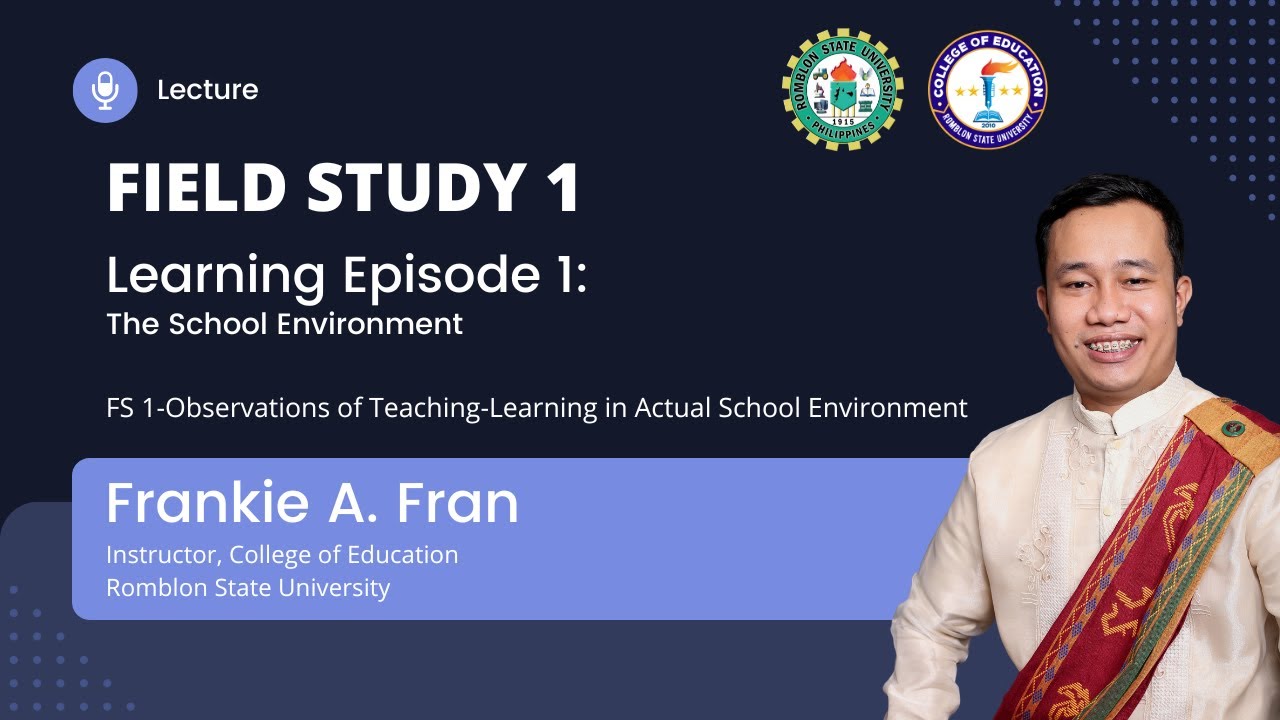Diary of A Snakebite Death
Summary
TLDRDr. Karl P. Schmidt, a renowned herpetologist, tragically documented his death after being bitten by a boomslang snake in 1957. Despite knowing the venom's deadly potential, Schmidt did not seek medical help, instead meticulously recording his symptoms as they worsened. His diary entries provide a chilling, firsthand account of the venom’s rapid effects, including severe bleeding and organ failure. Schmidt’s decision to prioritize scientific curiosity over his own survival raises poignant questions about the balance between research and self-preservation. His story highlights the dangers of underestimating the power of venomous creatures and the lengths to which scientists may go in pursuit of knowledge.
Takeaways
- 😀 Dr. Karl P. Schmidt, a renowned snake expert, documented the effects of a snakebite from a boomslang while he was dying.
- 😀 Schmidt was bitten by a boomslang, a venomous African snake, during an identification attempt at the Chicago Natural History Museum.
- 😀 Despite being bitten, Schmidt did not immediately seek medical help, believing the venom wouldn’t be fatal and that it would upset his symptoms.
- 😀 Schmidt’s detailed diary entries show the progressive symptoms of boomslang venom, including nausea, fever, bleeding, and vomiting.
- 😀 The venom from the boomslang causes disseminated intravascular coagulation (DIC), where the body produces excessive blood clots, leading to fatal bleeding.
- 😀 Schmidt's death from the snakebite was ultimately caused by the venom, but the possibility exists that his scientific curiosity and decision to avoid treatment contributed to his demise.
- 😀 Schmidt's symptoms progressed over 24 hours, with bleeding occurring in various parts of his body, including eyes, lungs, kidneys, heart, and brain.
- 😀 The boomslang venom is so potent that it can kill a bird in minutes with as little as 0.0006 milligrams of venom.
- 😀 Schmidt was aware that antivenom for the boomslang was unavailable in the U.S., as it was only found in Africa, which likely influenced his decision to refrain from seeking treatment.
- 😀 Despite his impending death, Schmidt’s dedication to science led him to continue documenting his experience, viewing his condition as an opportunity for discovery.
Q & A
What is the significance of Karl P. Schmidt's diary?
-Karl P. Schmidt's diary offers a unique and detailed account of his experience after being bitten by a boomslang snake. It serves as both a scientific record of the effects of the venom and a glimpse into the thoughts of a man who was aware of his impending death but continued to observe and document his symptoms.
What kind of snake bit Karl P. Schmidt?
-Karl P. Schmidt was bitten by a boomslang, a venomous snake from Africa, known for its potent venom and distinctive head shape, oblique dorsal scales, and bright-colored pattern.
How did Schmidt react immediately after being bitten by the snake?
-After being bitten, Schmidt initially felt the punctures bleed freely and he sucked the wound. He didn't take any immediate precautions and only later began experiencing symptoms like nausea and fever.
What were some of the symptoms Schmidt experienced after the snakebite?
-Some of the symptoms Schmidt experienced included nausea, chills, fever, bleeding from mucous membranes, vomiting, blood in his urine, and continued bleeding from his mouth and nose.
How did Schmidt's condition progress over time after the bite?
-Schmidt's condition deteriorated rapidly, with symptoms including a fever, bleeding, vomiting, and blood in his urine. He eventually became unable to speak or answer, and after resuscitation efforts, he was pronounced dead from respiratory paralysis 24 hours after the snakebite.
What is disseminated intravascular coagulation (DIC), and how does it relate to Schmidt's death?
-Disseminated intravascular coagulation (DIC) is a condition where the body forms excessive blood clots, leading to the depletion of clotting factors. This results in uncontrollable bleeding. Schmidt's death was a result of DIC caused by the venom of the boomslang, which caused internal bleeding in multiple organs.
Why didn't Schmidt seek medical help after being bitten by the snake?
-Schmidt reportedly did not seek medical help because he believed that going to the hospital would upset the symptoms he was observing and documenting. He was also a herpetologist who understood that antivenom for boomslang bites was only available in Africa.
What role did Schmidt's scientific background play in his response to the snakebite?
-As a scientist, Schmidt was highly curious and interested in the effects of the venom on his body. His background led him to document his symptoms in a methodical way, rather than seeking immediate medical help, as he saw potential for discovery in his own experience.
How did Schmidt's death contribute to scientific knowledge about boomslang venom?
-Schmidt's death provided valuable data on the effects of boomslang venom on humans, particularly its rapid and lethal nature. His detailed observations contributed to a better understanding of the venom’s effects, even though it ultimately led to his death.
What was the cause of Karl P. Schmidt's death according to the autopsy report?
-The autopsy report indicated that Schmidt's death was caused by venom poisoning from the boomslang snakebite, leading to widespread internal bleeding due to disseminated intravascular coagulation.
Outlines

此内容仅限付费用户访问。 请升级后访问。
立即升级Mindmap

此内容仅限付费用户访问。 请升级后访问。
立即升级Keywords

此内容仅限付费用户访问。 请升级后访问。
立即升级Highlights

此内容仅限付费用户访问。 请升级后访问。
立即升级Transcripts

此内容仅限付费用户访问。 请升级后访问。
立即升级浏览更多相关视频

Think Cultural Health Case Study: Cultural and religious beliefs

Mr Bean Cooking the CHRISTMAS Dinner | Mr Bean: The Movie | Classic Mr Bean

Why Experts are Warning Against Fasting - Dr. Peter Attia, Dr. Rhonda Patrick, Dr. Gabrielle Lyon

What if AI debated ABORTION?

Dr. Esselstyn: “Mediterranean Diet (and Olive Oil) creates Heart Disease!”

Field Study 1-Learning Episode 1: The School Environment

Daily Habits for Better Brain Health | Jim Kwik & Dr. Daniel Amen
5.0 / 5 (0 votes)
